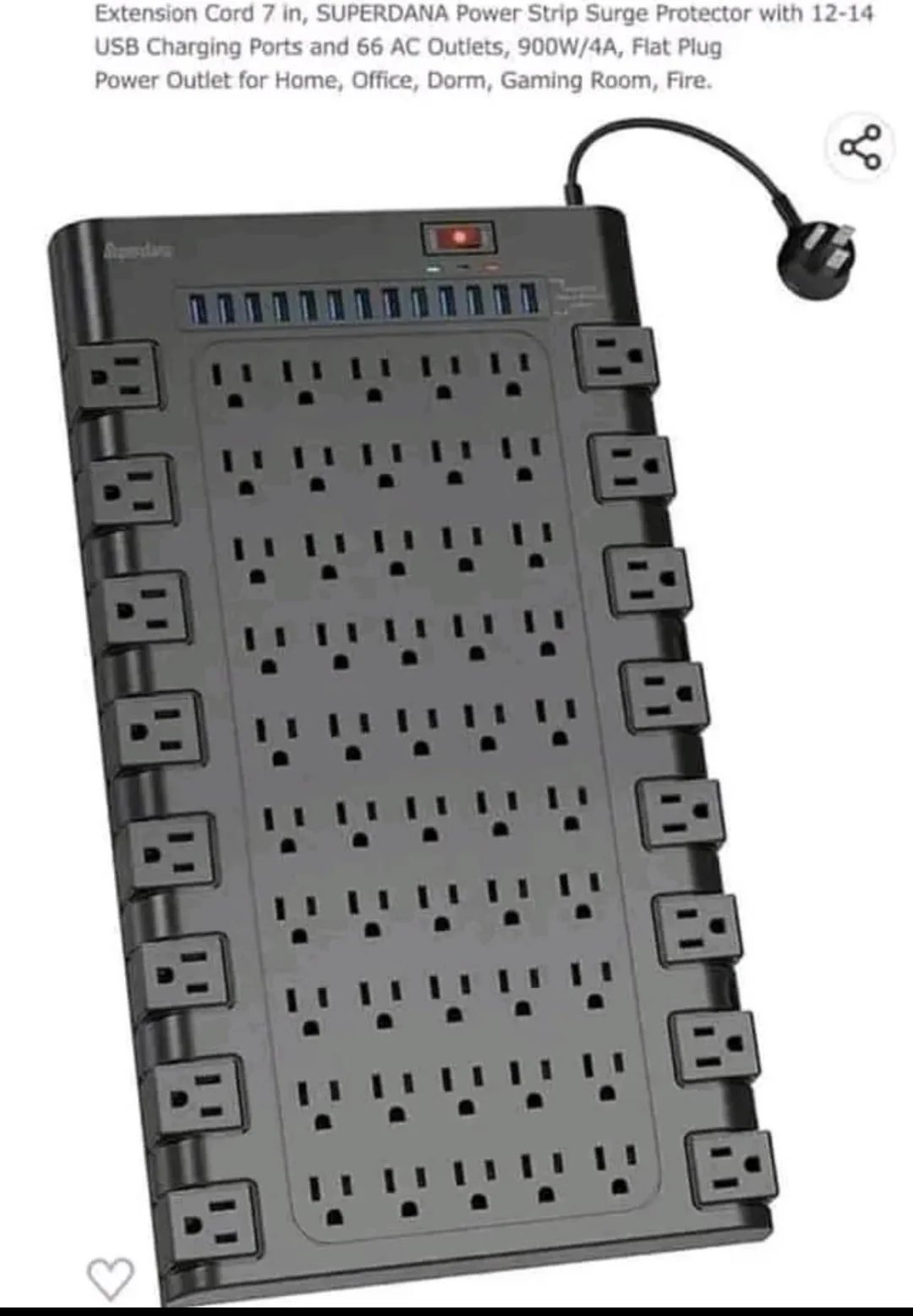this post was submitted on 02 Dec 2024
478 points (98.8% liked)
hmmm
4853 readers
1 users here now
For things that are "hmmm".
Rule 1: All post titles except for meta posts should be just plain "hmmm" and nothing else, no emotes, no capitalisation, no extending it to "hmmmm" etc.
founded 2 years ago
MODERATORS
you are viewing a single comment's thread
view the rest of the comments
view the rest of the comments

I've always read that you can do 100% of the capacity as "surge" (I haven't read a definition, but I think it's no more than 3-5 seconds) and 80% the rest of the time.
So your clothes dryer can start the heating element and turn on the motor at the same time and use the whole 30 amp outlet it's plugged into if it wants to because the power will go down once the drum is up to speed. From there, the power might go down further once it's up to temperature. If you're charging your car on that same outlet, though, it needs to be limited to 24 amps because it'll be using that the whole time.
It gets weird, though, with 15/20 amp, though. Technically, if it's a 15amp outlet, you should only use 12 amps continuously. However, a lot of the time everything except the outlet is specced for 20amps. In that situation, you should still follow the same rules, but it's more forgiving.
What breakers are there to protect is the cable in your wall.
The cable should be rated to run at 100% load continuously (with some safety factor for running a little more); depending on the breaker rating and curve (usually C curve in New Zealand for domestic).
So a C20 breaker can supply 120A for 1s before protecting the circuit; this allows for starting motors.
Now a breaker is different from an RCD which measures the difference between the phase and neutral lines. If the difference is too high the circuit trips. This is to protect the fleshy thing holding the knife in the toaster.
In America, they always say that continuous loads should run at 80%. That's why circuit breakers are specced at 15/20/30/40/50/60 amp but the EVSE is specced at 12/16/24/32/40/48 amp.
Aye. US NEC says 80% is safe carrying capacity. There is an expectation there will be surges or dirty power that might take it a little
That is probably good practice.
But your cable SHOULD be rated to run at 100% continuously, if it is not, then the rating is wrong.